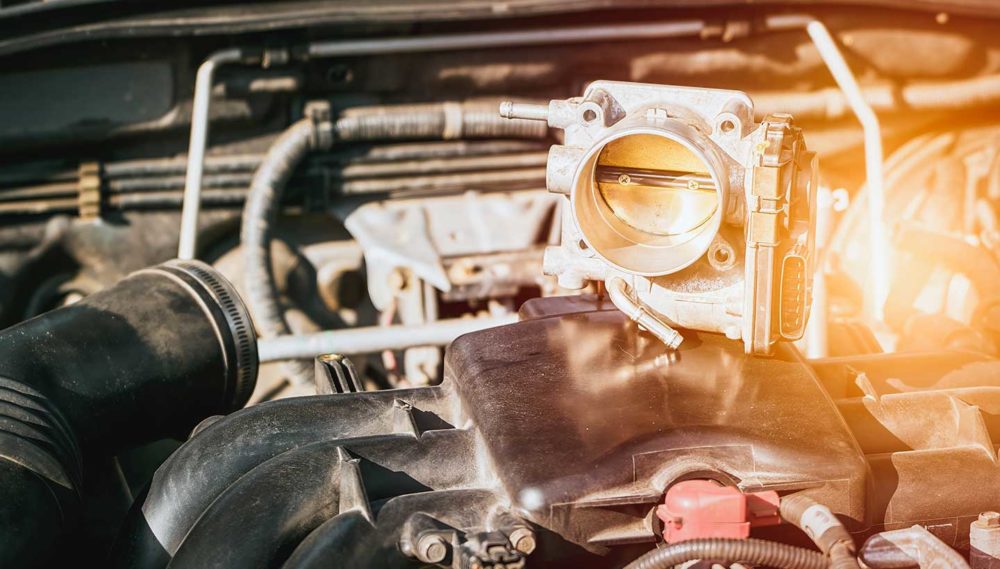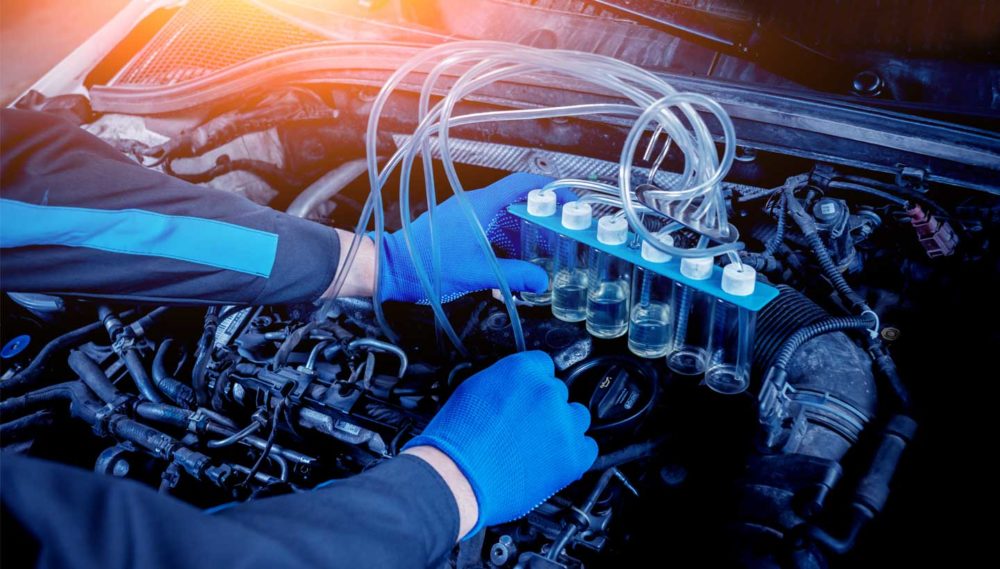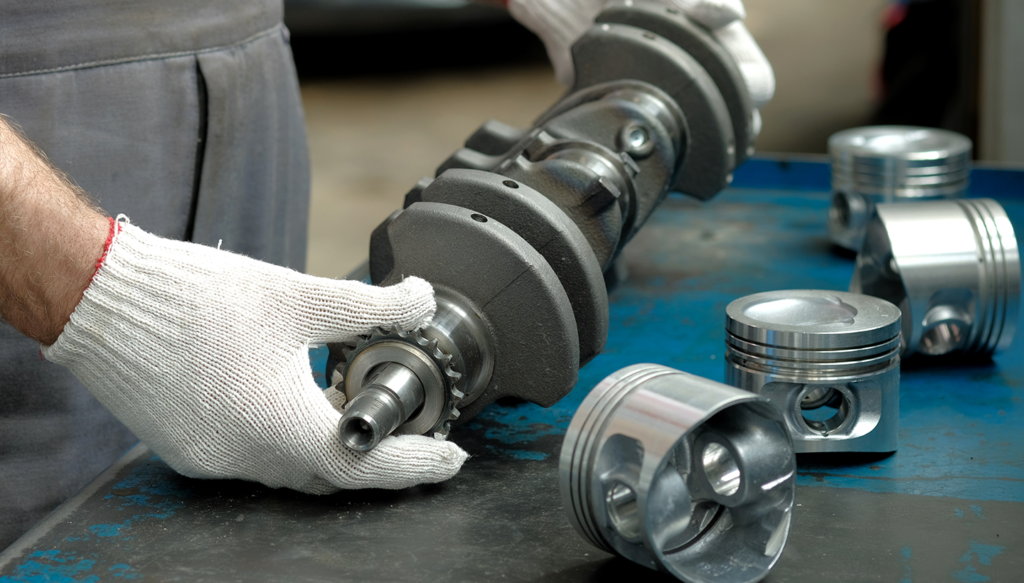
For motor vehicle owners, the term electronic fuel injection (EFI) is often heard. Moreover, many of the latest cars are currently using this technology in their engines.
This technology is closely related to the fuel supply in car engines. So that cars that use EFI technology can get the appropriate fuel and air supply, combustion is maximized.
Rather than using previous technology, EFI is considered more efficient, making the engine's response faster. And this technology can run in any weather, so the car engine is anti-strike. To be clearer about EFI, see the explanation below, starting with the components, advantages, and how EFI works in car engines.
What is Electronic Fuel Injection (EFI)?
EFI is an abbreviation of the words "electronic fuel injection," which means electronic fuel spraying system. This technology has recently been used in the latest vehicles. Because the components are no longer suitable for modern vehicle operation, the carburetor systems on older vehicle engines have been abandoned.
In particular, EFI is an ideal electronic system for producing a fuel-air mixture. Because EFI provides an ideal mixture of air and fuel for the engine, the vehicle's engine will work more efficiently. The results of this process are what the vehicle uses to run its engine and produce mechanical power.

EFI Components
Baca Juga
Electronic fuel injection has several components and functions that support each other in the movement of the car. Some components related to EFI are as follows:
-
Fuel Tank
This component functions as a storage place for car fuel which will later be distributed to the combustion chamber.
-
Gas Station
The petrol pump pumps and flows petrol from the tank to the injector.
-
Injector
This component works with the help of a solenoid, removing gasoline from the delivery pipe and controlling the amount of incoming fuel.
-
Delivery Pipe
As the name suggests, this component functions to connect the petrol line to the tank. It also serves as a reservoir for gasoline pumped by gas stations.
-
ECU
This component functions as a fuel injection control and control center. To ensure that the ECU can detect fuel properly, the ECU is equipped with five sensors.
-
Fuel Filter
Baca Juga
As the name suggests, the fuel filter functions to remove dirt and dust that sticks to car fuel. In this process, the fuel entering the combustion chamber is filtered through two types of filters, a coarse filter and a fine filter, so that the fuel entering the combustion chamber is clean and can be used properly.
-
Censorship
This component can detect each component's performance and plays an important role in determining the injector's opening and closing periods. Sensors generally come in five types: MAF, IAT, TPS, CKP, and MAP.
-
Battery
Functions as a source of electric current energy and provides voltage to the ECU, which allows fuel processing.
Advantages of EFI for Car Engines
Cars with an EFI working system have several advantages. They pay attention to details related to system performance, such as the level of accuracy in supporting car engine emissions, and have a working system that is modern and based on electronic technology that has a safe and comfortable engine so that it can work optimally.
Some of the advantages of EFI that are easy to feel are:
- Machine response becomes faster.
- Engine performance is supported by any weather condition, both hot and cold.
- It works automatically to stop fuel spray during deceleration because the EFI engine working system is equipped with an automatic fuel cut.

How EFI Works in Cars
Electronic fuel injection (EFI) is a fuel injection system with electronic control that observes the condition of the engine, checks the ECU, and completes the spraying of the required mass of fuel. This EFI system relies on the ECU component as the brain of the system, so that the entire system's performance depends on the ECU.
How does the ECU work? All sensors are stored and then processed to calculate the amount of fuel that must be introduced into the combustion chamber. The more sensors the ECU receives, the more efficient the EFI system is. In addition, other components in the system will work automatically through the flow of electronic energy from the battery.
The following is an illustration of how a simpler injection system works in a car:
- Fuel injection analyzes or observes the condition of the car's combustion chamber engine.
- Fuel injection then sends a signal to the ECU, which is responsible for controlling every activity of the car's combustion chamber components.
- The signals and sensors received are then accommodated by the ECU.
- The ECU works to determine the capacity of fuel that must enter the combustion chamber.
After reading the explanation above, you can understand what EFI is and how it works in the car engine system. This technology can be found in the latest cars, but for older cars, most of them still use a carburetion system, which is considered more wasteful than EFI.
SHARE:






















